The Economics Of Jet Packs
August 11, 2014 in Daily Bulletin

Jet packs based on water propulsion are the next big tourist industry pull writes Jennifer Medina:
- On coastal towns people can enjoy 15 minutes of airtime for about $200.
- The activity is so popular that waiting lists can be up to a month long.
- Canny operators give tourists Facebook ready photos and high definition videos of the experience, professionally edited to fit their favourite song.
- At least one couple has gotten married while they were in the air.
- Supply is limited in part due to the cost of the jetpacks themselves – they used to cost $100,000 each. Nowadays though it’s possible to purchase one for as little as $10,000.
- Another factor constricting supply is officials cracking down on the practice due to complaints about noise and scared residents mistaking users of them for the beginnings of an alien invasion.
Read more about the business, what those who have tried it have to say about it, and more over here.
Source: The New York Times
Via: Marginal Revolution

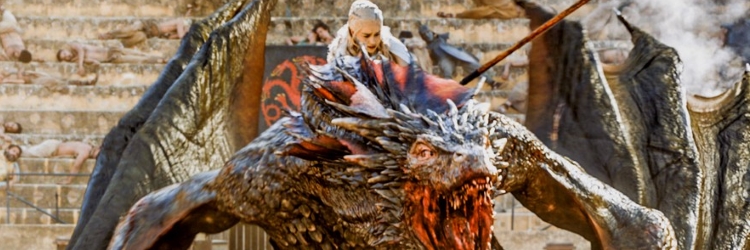







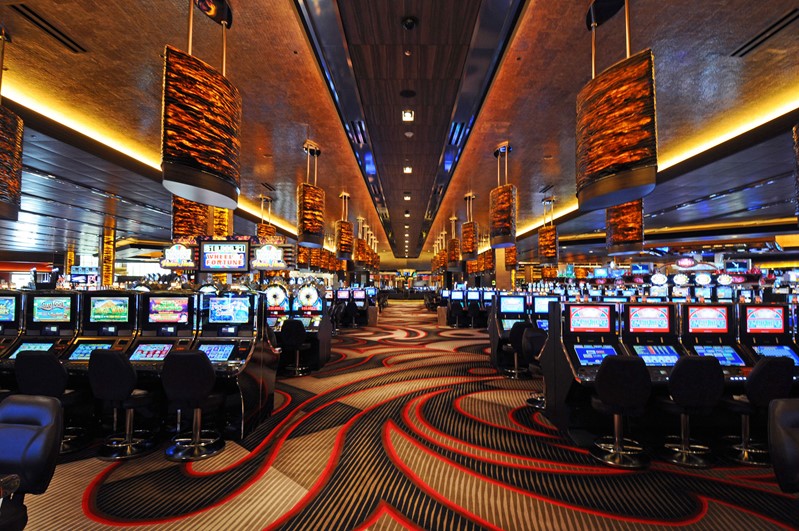

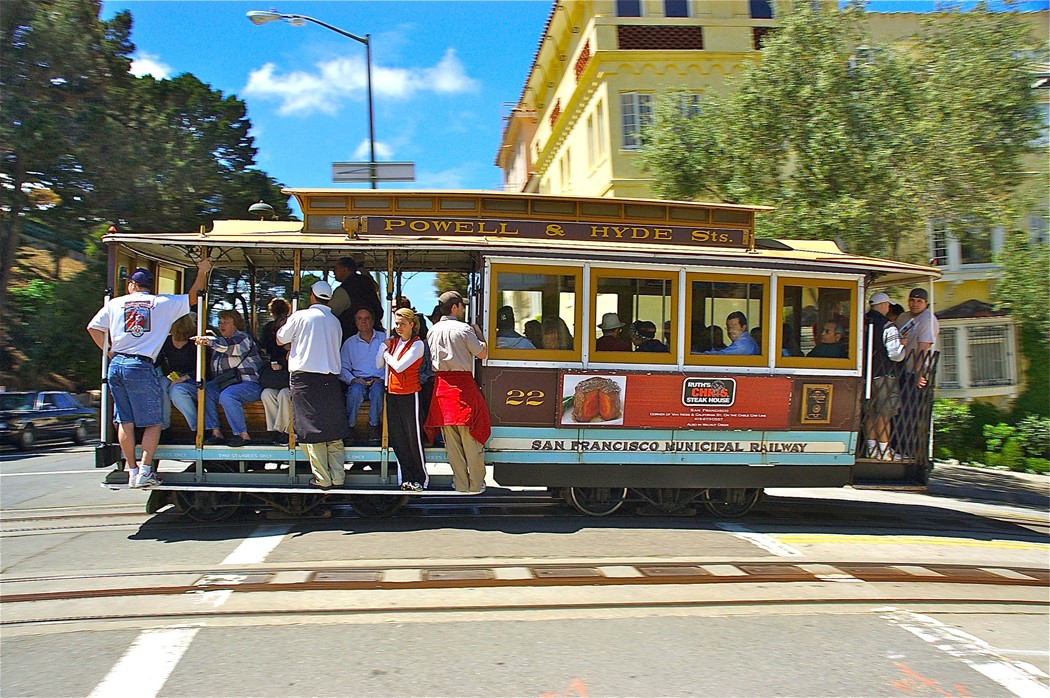
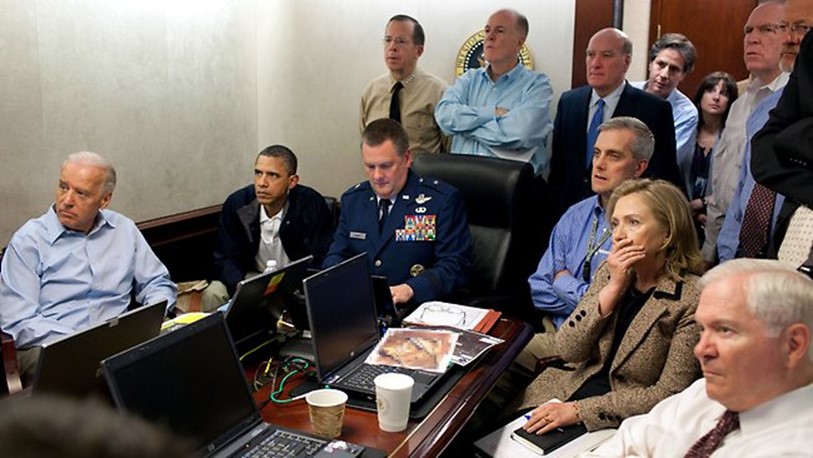

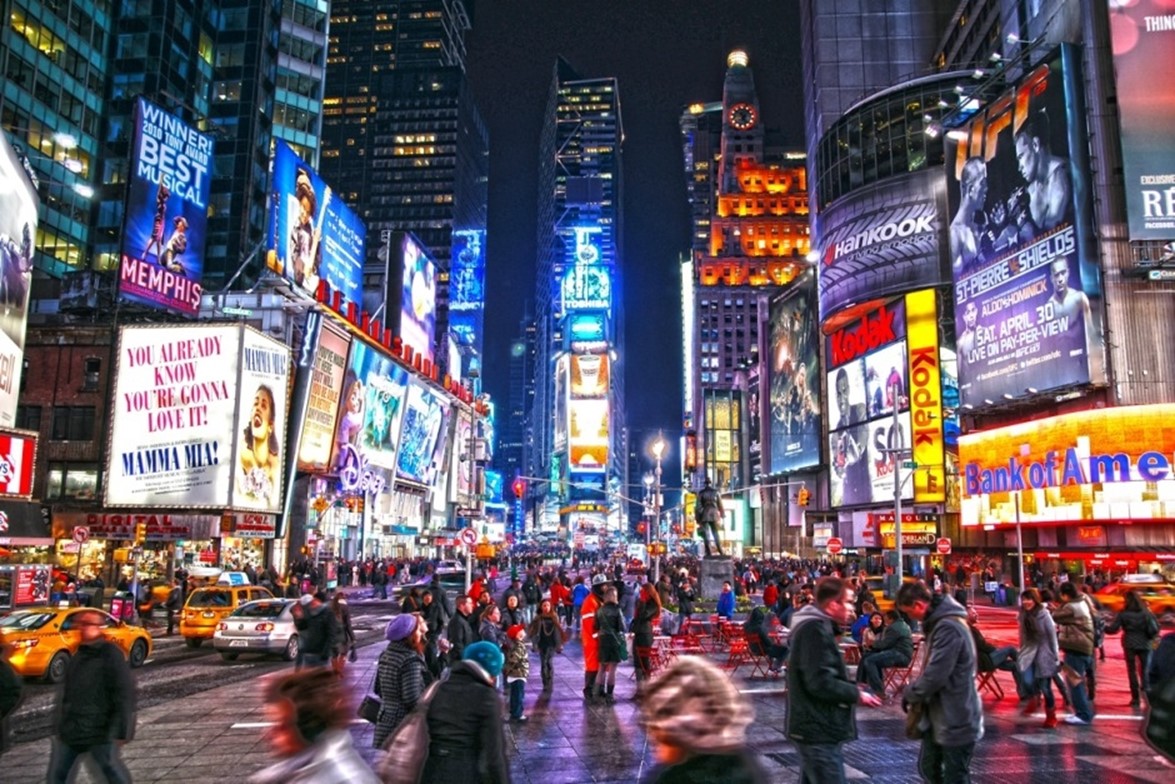
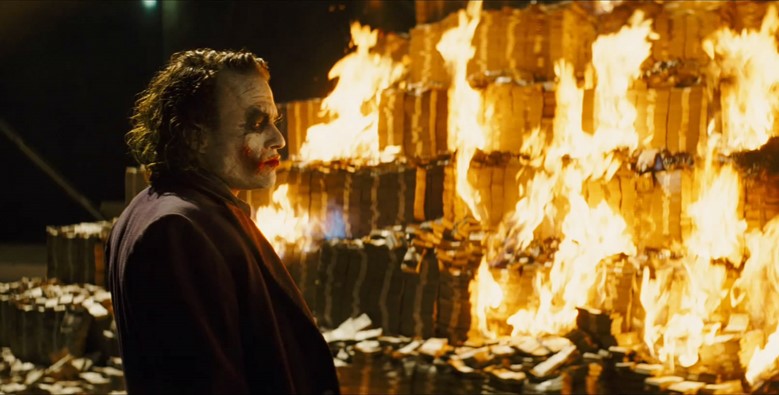

Join the Discussion! (No Signup Required)